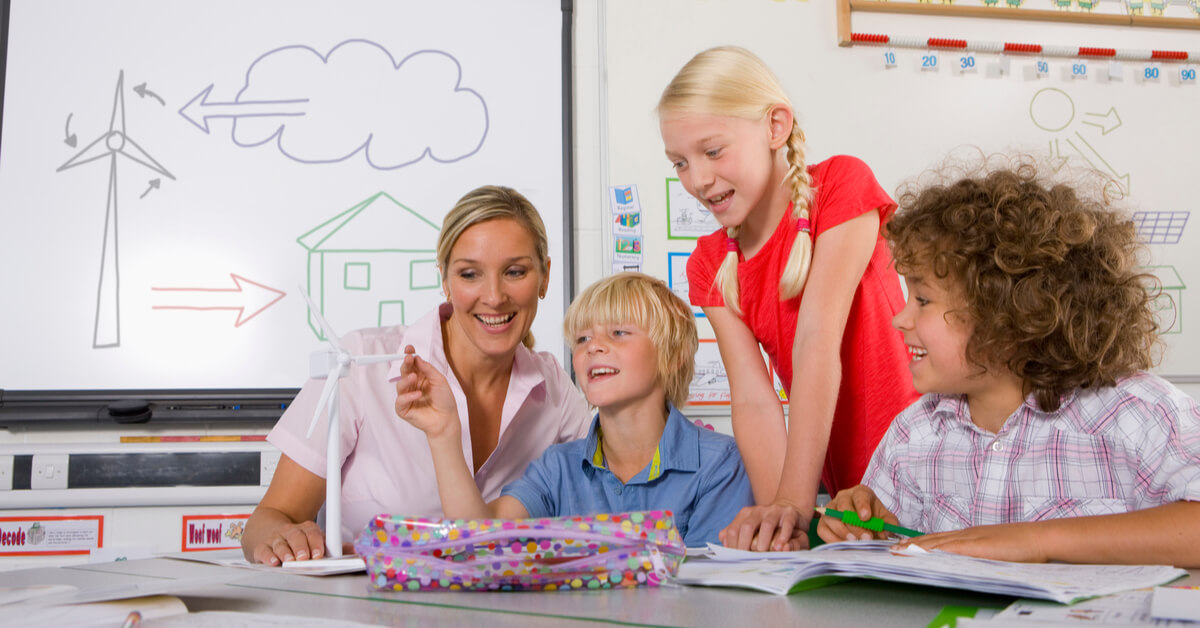Setting a clear intention about emotion improves learning. How do we do that as teachers/trainers/facilitators? In the way-back machine, I studied acting and learned that an audience felt an actor’s intention — even without words. The script might say, “I don’t want any cookies,” but the director might tell you, “actually you want the cookies a lot… your intention is to get them!” When an actor has that intention, even though it’s hidden inside, the audience can tell.
Sometime later, as a teacher, I found much the same:
When I was clear on my intention, students understood better.
How can we apply the same logic to clarity about emotions? It starts with one of the most powerful questions we can ask ourselves as educators: How do I want my students to feel?
Researchers in social neuroscience emphasize the power of utilizing emotion to facilitate learning. But as a classroom teacher or a corporate trainer . . . or as a parent working to help my child learn better . . . how do I actually do this?
In the Six Seconds learning philosophy, we identify learning as a process of change, and so we use the Change MAP as a framework…


